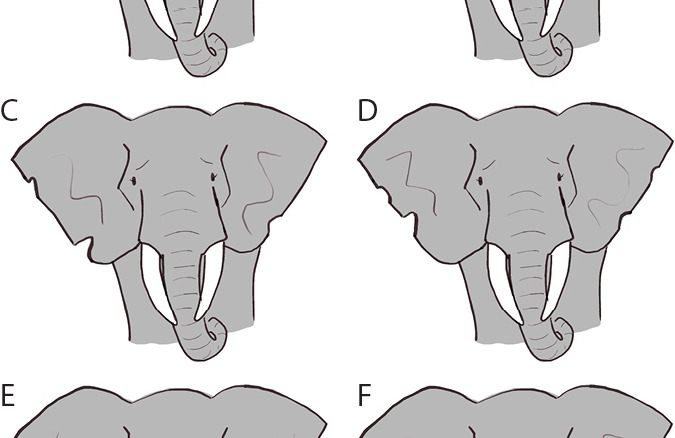
Time to learn about ethograms!
This activity is courtesy of the Lemur Conservation Network and the Louisiana Lemur Foundation.

Educators:
Description of the activity
(For ages 10+)
This activity helps you observe lemurs at your local zoo (or via a zoo webcam). You will list their distinct behaviors in an ethogram. Ethograms are a great first step toward asking testable questions about animal behavior. Share your ethogram with your zookeeper to help them learn more about the lemurs in their care!
MATERIALS:
1. Data sheets/templates (provided here).
2. Stopwatch or timer.
3. Pen/pencil.
4. Internet access (if observing via zoo webcam).
STEPS:
1. Collect Background Information
- Common name and scientific name of the animal(s) you are observing.
- Population description: How many animals, what kind(is there more than one species?), male/female, infant/juvenile/adult/geriatric, coat color/pattern, etc. Any other distinguishing characteristics.
- Exhibit description: name of zoo/exhibit, approximate size of exhibit, special features (moat, rock structures, vegetation, etc.). How does the exhibit compare to the animal’s habitat in the wild?
2. Observe-Ad Libitum (Record Everything!)
Observe the animals in the exhibit for about 10 minutes. Record everything you see using the worksheet provided. This will give you an idea of what behaviors are common, and help you to create your formal ethogram.
3. Create Your Ethogram
Fill in the ethogram template with some of the most common behaviors you saw in your observation. Some examples are: rest, groom (self or other), vocalize, chase, retreat, eat/forage, drink, pace, jump/leap. *NOTE: You will need one ethogram template for each individual animal you observe.
4. Collect Your Data
- Choose an individual animal to focus on. Label your ethogram template so that you know which animal it applies to. Use a tick mark to record each occurrence of that individual’s behaviors in one-minute intervals for 10 minutes.
- Repeat this process for each individual animal in the exhibit.
5. Form Your Proximate & Ultimate Questions
- Animal behaviorists ask proximate questions and ultimate questions about animal behavior. Proximate questions deal with the “how” aspect, or mechanistic causes of a behavior. Ultimate questions deal with the “why” aspect, or evolutionary and adaptive values of a behavior.
- Using the ethogram data you have collected, come up with one proximate question and one ultimate question about lemur behavior. Why do you think those questions are important?
6. Form Your Hypotheses
Develop a testable hypothesis for each of your questions. (HINT: a hypothesis can be thought of as the statement form of your question).
7. Report Your Work
Compile your data, your questions, and your hypotheses. If you did your ethogram activity at the zoo, ask a zookeeper if they would like the information you collected. If you did your ethogram activity via zoo webcam, contact that zoo and ask if you can send the information to them.
These learning materials were developed by Jessica Deville of Louisiana Lemur Foundation in collaboration with the Lemur Conservation Network. Adapted from SLU Animal Behavior Course ZOO 475, Ethogram Lab Activity (Sourced by: P Kelly, M McNabb, T Shattuck, RL Brooks, K Yasukawa, RS Wilcox, and MA Hodge)
Visit the Lemur Conservation Network Teaching Resources page for more lemur learning activities!
*Mongabay Kids is not responsible for content published on external sites.





